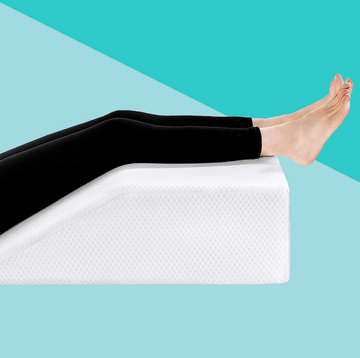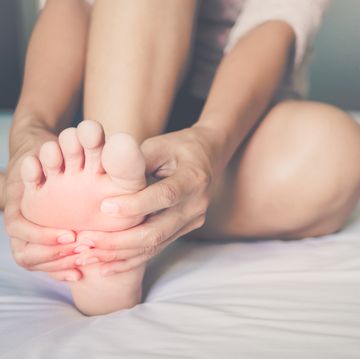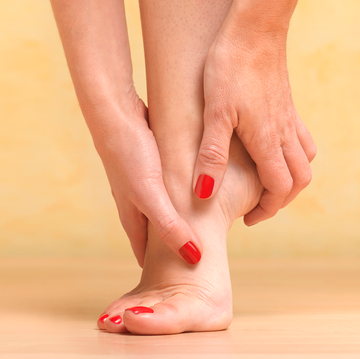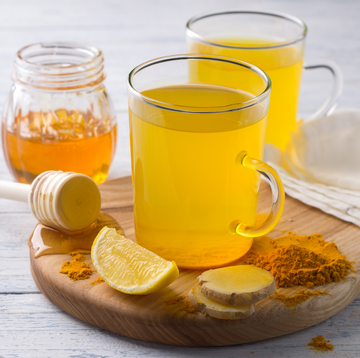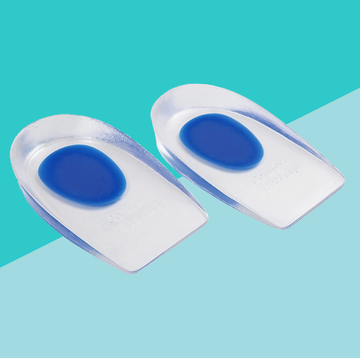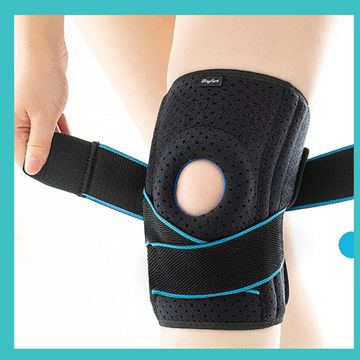You already know milk does a body good. But new research shows that dairy may be especially great for your knees.
Drinking fat-free or low-fat milk slows the progression of knee osteoarthritis (OA) in women, according to new findings published in the journal Arthritis Care & Research. Researchers recruited 2,148 participants with knee osteoarthritis and used x-rays to measure their joint space width, or the distance between the two major bones that make up the knee joint. "As osteoarthritis progresses, cartilage is lost, and the joint space width decreases," says Matthew Husa, MD, a rheumatologist at The Ohio State University Wexner Medical Center. For four years, researchers tracked participants’ dairy consumption and joint space width at annual intervals. Women who drank the most milk (7 or more glasses per week) showed smaller joint space decreases than women who drank the least—indicating slower osteoarthritis progression.
Previous, smaller studies have also suggested that milk may help arthritic knees, and while experts aren't exactly sure why that is, the answer could have something to do with milk’s potent combination of calcium and vitamin D, which are known to reduce bone loss and lower the risk of bone fractures.
Why low-fat or fat-free, specifically? It’s just the type of milk that most of the study participants reported drinking—though there could be something about higher fat dairy that does more harm than good: In the study, cheese consumption appeared to increase the progression of osteoarthritis, which some evidence suggests could be related to the dairy product’s higher levels of saturated fat.
Your action plan: "Women should consider adding low-fat milk to their diet, as milk and other calcium-rich foods are helpful in the maintenance of bone density and osteoporosis prevention," says Greg Tchejeyan, MD, an orthopedic surgeon at Los Robles Hospital in Thousand Oaks, California. Protect your knees—and all the other bones in your body—by striving for a glass a day, or getting your 1,000 mg of calcium from other low-fat sources. Check out this chart of the foods with the highest amounts of calcium.




